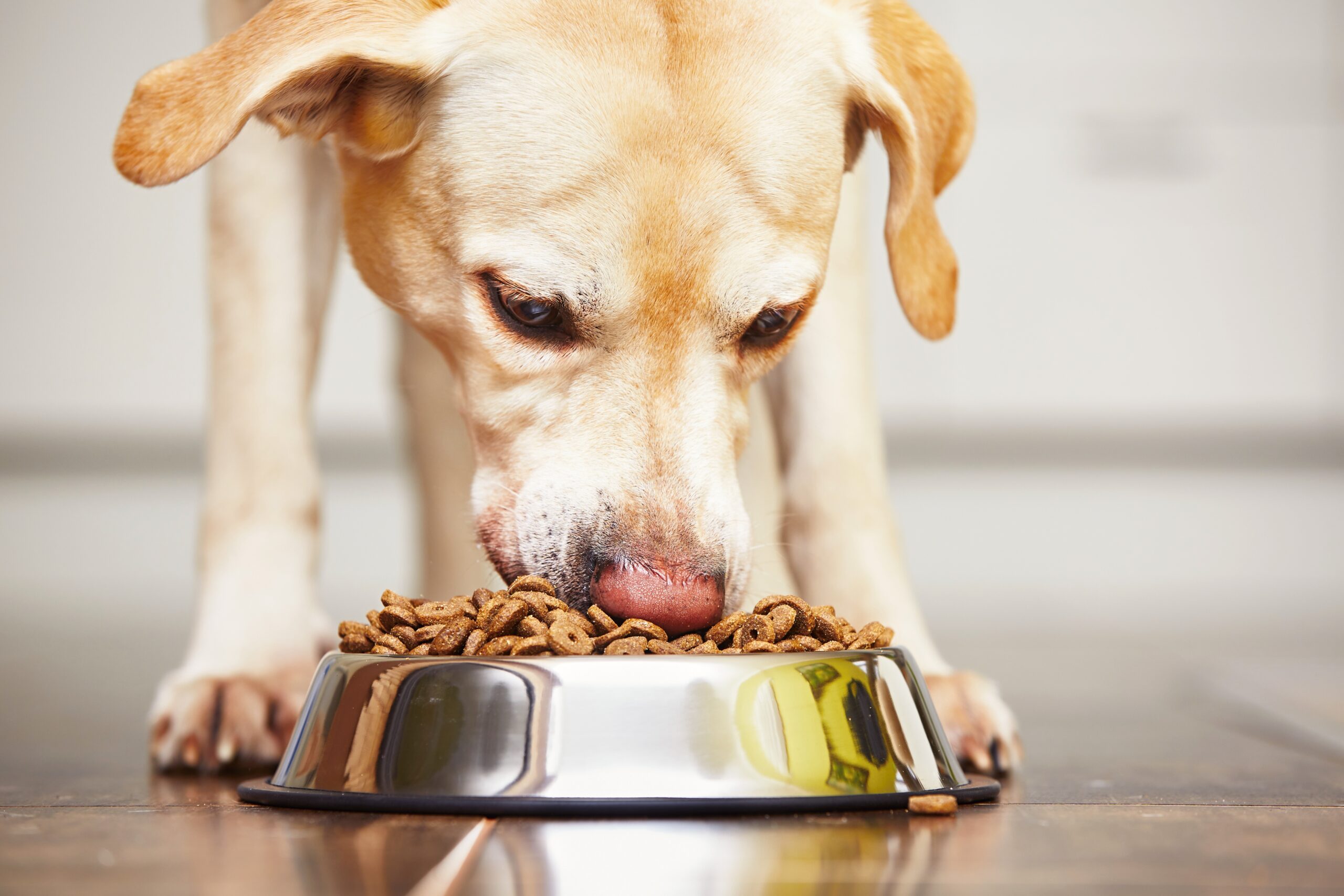Obesity, exercise and diet food
Written by Tommy |
Obesity in pets can lead to health problems. In this blog we'll tell you all about obesity, the consequences and how to find out if your pet is overweight. We'll also give some tips on how to prevent and treat obesity: play and exercise are a big part of this.

Obesity
Research has shown that over half of dogs and over a third of cats in the UK are obese to morbidly obese. Obesity is just as dangerous for animals as it is for humans. It increases the risk of diabetes, heart disease, difficulties breathing and joint problems.
It’s difficult to determine an ideal weight for a certain breed or even an individual animal. Due to differences in height, build and breed it’s often difficult to determine whether an animal is overweight or not. Feeling the ribs can give you an indication of whether your pet should lose weight; the ribs of an overweight animal are difficult to feel even when applying pressure. Other signs of obesity are: a round belly, decreased stamina (getting tired quickly and moving slowly) and shortness of breath. Your vet can help determine your pet’s ideal weight.
Causes
For a small percentage of animals, obesity has a medical cause. If you think this is the case for your pet, you should contact your vet. In almost all other cases, obesity is a result of an imbalance between eating and exercising. This can have several causes:
- You give your dog too much food.
- You give your dog delicious treats that are high in calories and fattening.
- A neutered/spayed pet needs less calories after the procedure. Standard diets are no longer sufficient. You could feed Royal Canin VCN Neutered as an alternative.
- Older animals also need less calories. Which is why there are special diets for senior animals that contain less calories per unit of food. An example is HPM Veterinary.
- When your dog has a healthy diet but doesn’t get enough exercise, he burns less calories than (s)he eats. Excess calories are stored as fat.
- Health problems like hypothyroidism and illnesses that limit exercise can lead to obesity.
- Certain medications can cause obesity.
First signs of obesity
- You can no longer feel your dog’s ribs
- Your dog gets tired more quickly and wants to play less
- Obese dogs overheat easily in the summer
- Obese dogs often want to eat constantly
Increased risk of illnesses
One of the consequences of obesity is a bigger risk of illnesses. Obese cats are two to four times more likely to get diabetes than their slimmer counterparts. Joints of obese animals wear and tear more easily and obese animals are more susceptible to lipomas, shortness of breath and a decreased stamina. Obesity in pregnant animals can lead to problems during birth and in some cases a caesarean section is even necessary. Obese animals have a weakened immune system, making them more susceptible to illnesses and slowing down recovery. Obesity also increases the chance of skin problems.
Healthy, balanced diet
- A balanced diet that is high in fibre ensures that your pet gets less calories, but enough vitamins and minerals. Such foods contain healthy proteins and fibres that decrease appetite. Diet foods that help your dog achieve a healthy weight are: Eukanuba Restricted Calorie, Hill’s Metabolic Weight Management , Royal Canin Satiety, Sanimed Weight Reduction, Specific Weight Reduction, Veterinary HPM Weight Loss and Vetality Weight Management.
- Don’t feed your pet too much or too often. Use a scale to weigh the portions. If you want to give your pet treats, choose treats that are low in carbs. Treats should be subtracted from the daily diet.
- Exercise! Turn dinner time into a game: hide the food under a bowl or in a stuffable toy and make your dog work for his or her dinner. Take your dog for more walks, or change it up and go for a bike ride.
- Playing is also exercise. Keep your pet moving with balls, frisbees or tug toys.



